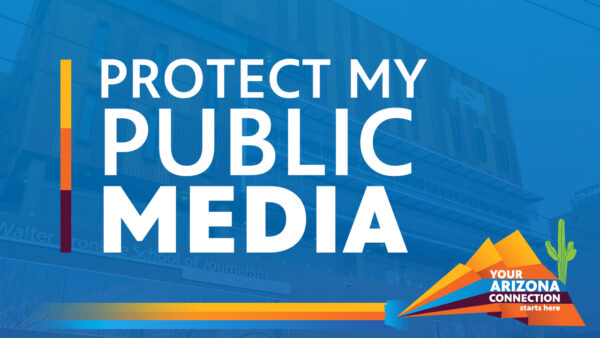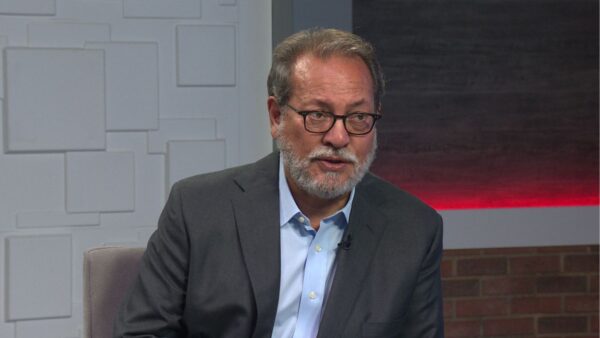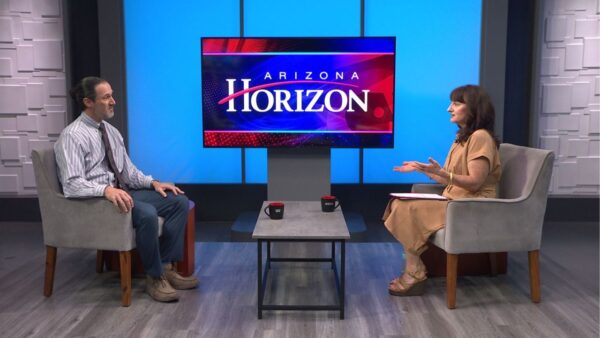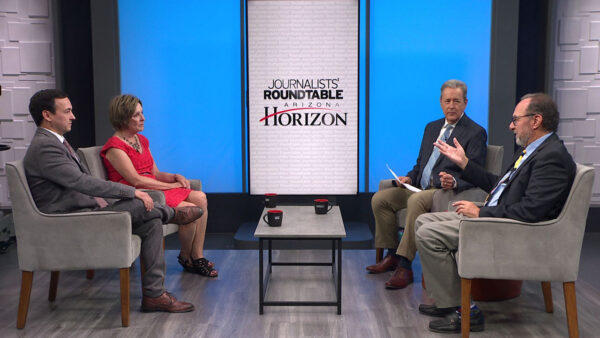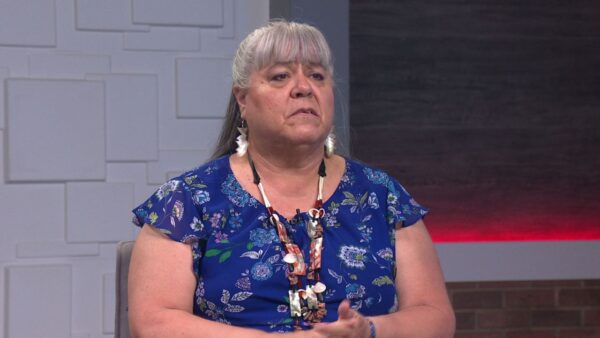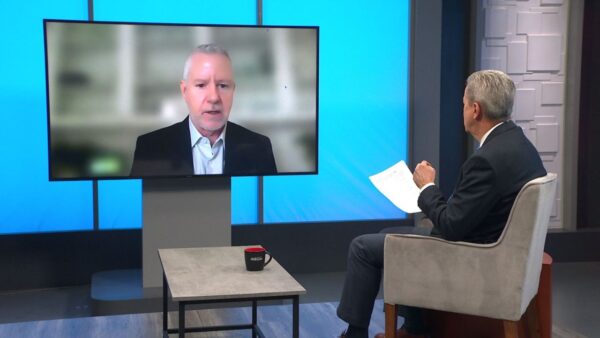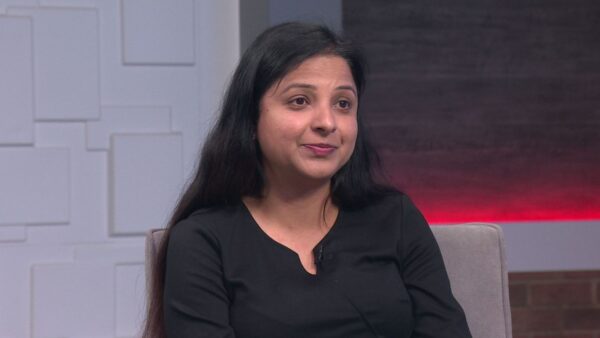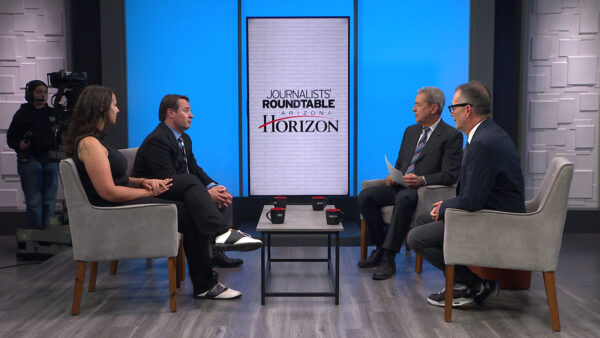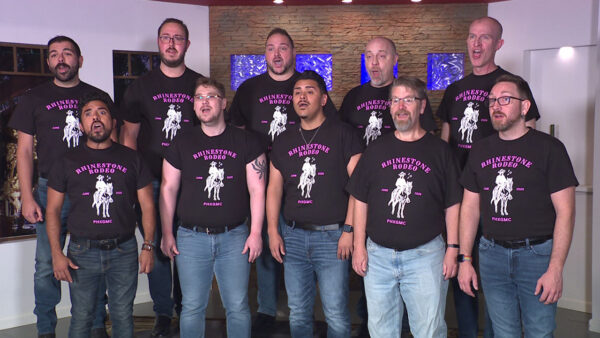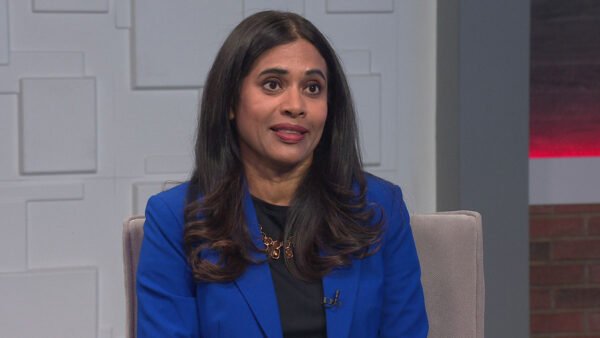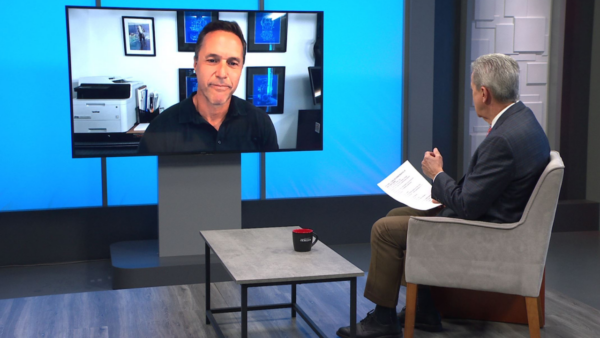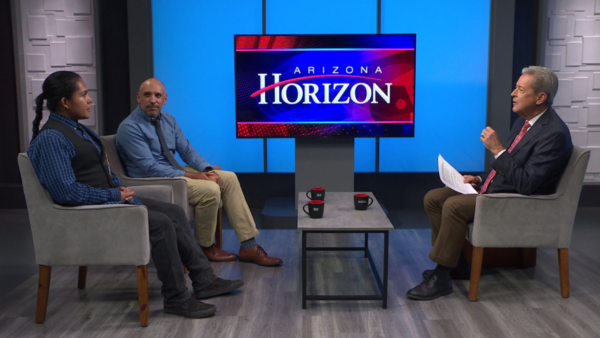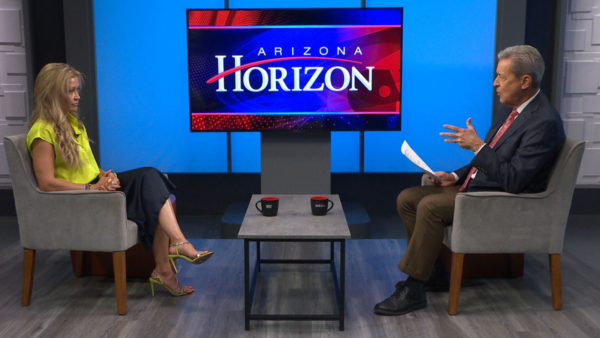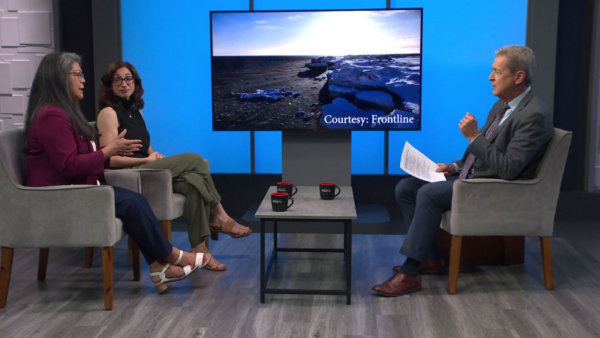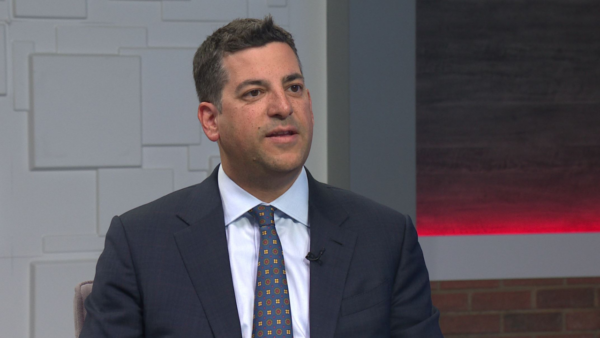As COVID-19 cases increase, some schools are going back to virtual learning
Nov. 16, 2020
COVID-19 cases are on the rise in Arizona. It’s leaving educators and parents concerned about the second half of the school year, with some districts already going fully virtual.
Superintendent of Public Instruction Kathy Hoffman joined us to talk about how schools and districts are handling the increase in cases.
Hoffman first reaffirmed that her office is in close communication with the Arizona Department of Health Services in order to discuss the implications of the recent spike of COVID-19 cases. She stated that many schools have been planning ahead since March to see what learning model is best for their students, whether it is in-person learning, virtual learning, or a mix of both.
“Now as we see this new increase in cases, the schools that were able to open for in-person learning are now starting to transition back and regress because of the higher risk of COVID-19,” Hoffman said. “[This] is devastating for our school communities because they would love nothing more than to have their students in the classroom engaged with their teachers.”
Hoffman also has strongly advocated to the school districts and charters that they strictly adhere to what their county health department is communicating to them. She stated that she cannot mandate anything, however, since that is the role of the Arizona Department of Education.
Hoffman shared her concern about teachers testing positive and how their interaction with other teachers could pull many teachers out of the classroom instantaneously. Additionally, she shared that there is currently not enough substitutes to make up for the loss of teachers.
“Even just one positive case within a school can have a significant impact,” Hoffman said.
Hoffman emphasized that the most important metric for school leaders to watch is if there is “substantial community spread.”
Hoffman said she is “kept up at night” when it comes to thinking about communities that were not properly prepared for distanced learning. She brought up the rural communities that suffer from the lack of broadband connection needed to be online. Without the proper tools, she said, the students will keep falling “further and further behind.”
“Those students do not have the same quality of instruction, and that’s no fault of the teachers,” Hoffman said. “But for families and children that do not have adequate internet at home, they just don’t have the same type of learning opportunities.”



